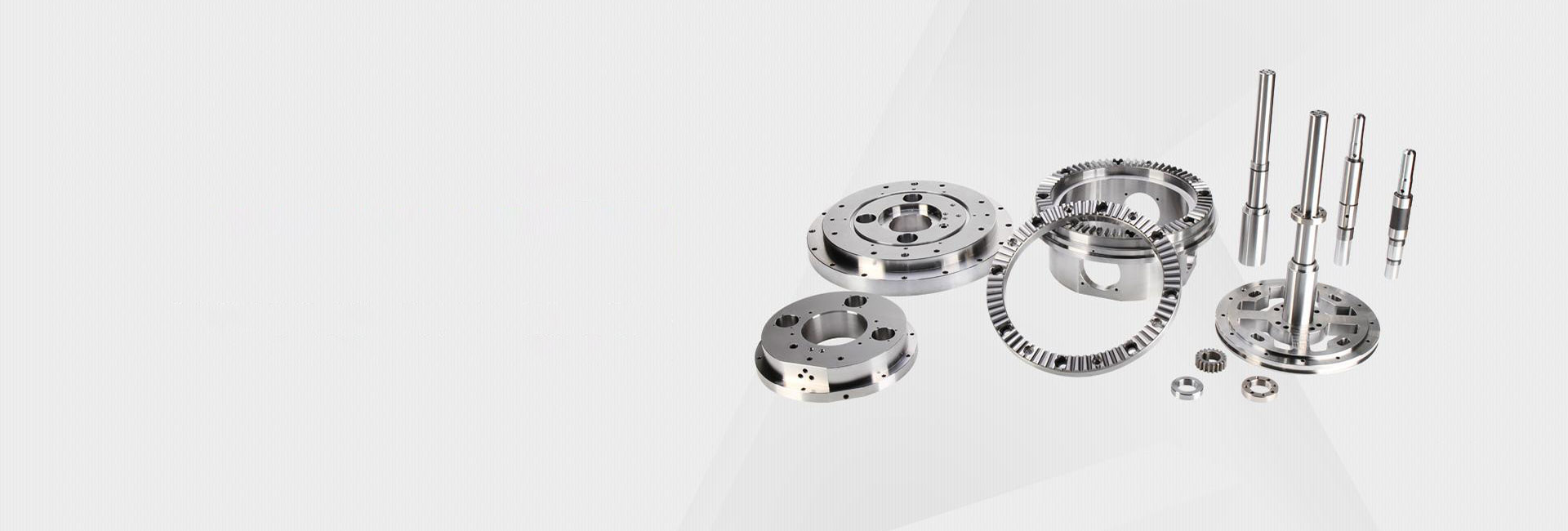Key Considerations for CNC Stainless Steel Parts Machining
Are you struggling with getting your stainless steel CNC machining right? 😣 Maybe your parts are coming out with rough finishes, or tools are wearing out too fast. You're not alone - stainless steel can be tricky to work with, but understanding these key considerations can make all the difference between perfect parts and expensive scrap.
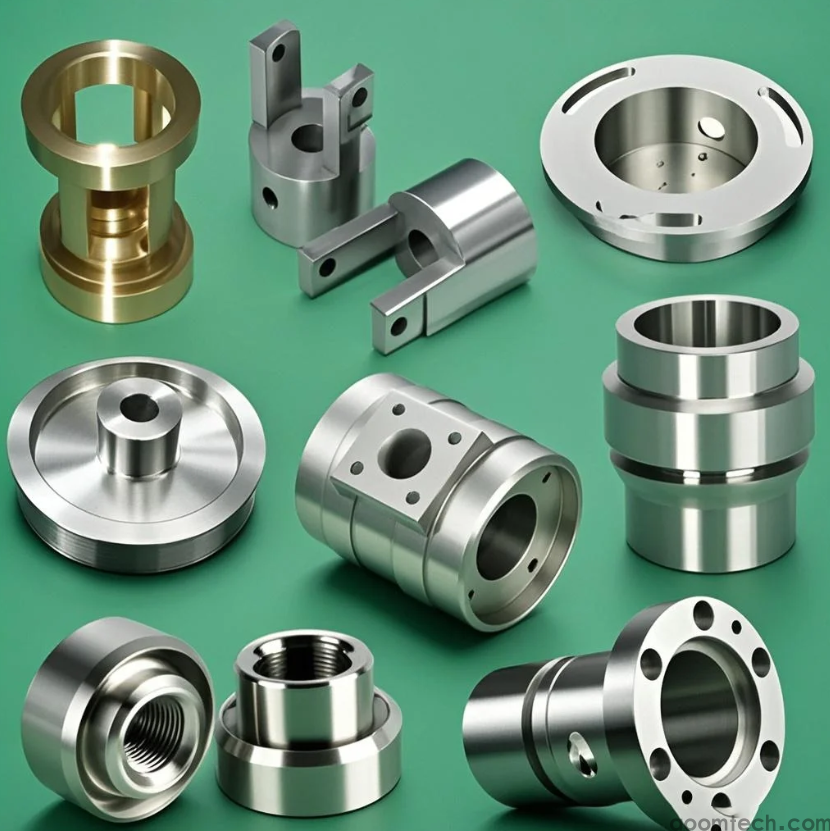
Why is Stainless Steel So Challenging to Machine?
Stainless steel has this tough nature that makes it great for final products but challenging during machining. The material tends to work-harden, meaning it gets harder as you cut it. This can lead to tool wear and tear that might surprise you if you're not prepared.
Another thing I've noticed - the heat doesn't dissipate quickly in stainless steel. The heat stays right at the cutting point, which can affect both your tool and the material itself. This doesn't necessarily mean you should avoid stainless steel, but it does suggest you need the right approach.
What's the Best Way to Handle Tool Selection?
Choosing your cutting tools isn't just about grabbing what's available. For stainless steel, you want tools that can handle the material's toughness and heat generation.
Tool material matters more than you might think - carbide tools often work better than high-speed steel because they maintain their hardness at higher temperatures. The tool geometry needs to be just right too - positive rake angles generally help reduce cutting forces.
Here's what I usually consider:
• Tool coating for reduced friction
• Sharp cutting edges
• Proper clearance angles
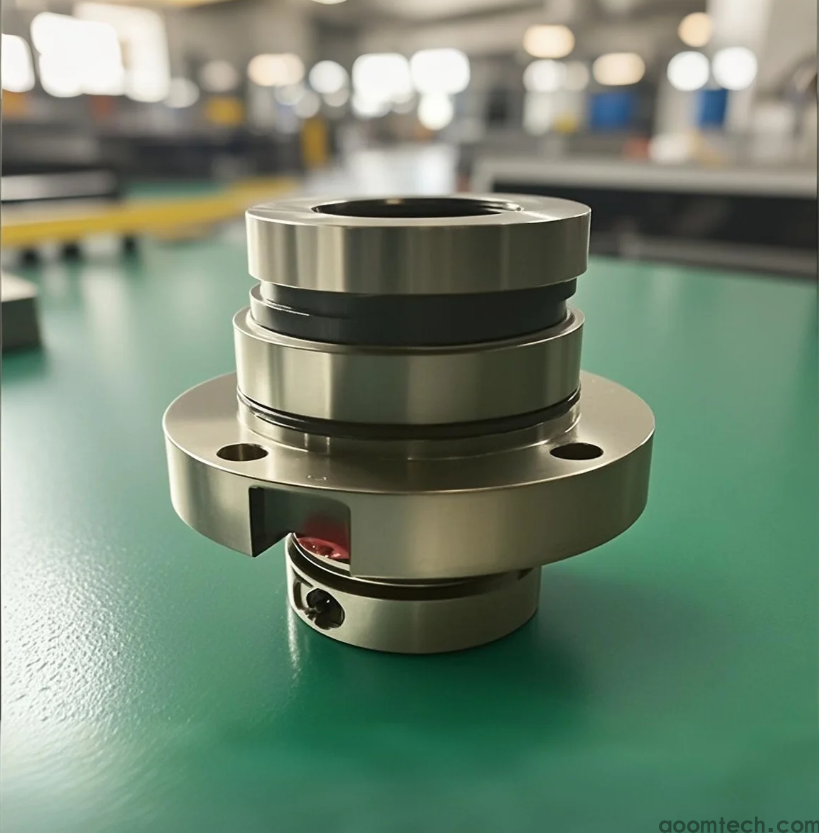
How Important are Cutting Parameters Really?
Getting your speed, feed, and depth of cut right can make or break your stainless steel machining project. Running too slow might cause work-hardening, while too fast generates excessive heat.
The sweet spot for cutting speed typically falls between 60-120 surface feet per minute for most stainless grades, but this depends on your specific operation. I often start conservative and adjust based on tool performance and chip formation.
Feed rates need to be adequate to prevent the tool from rubbing rather than cutting. Too light of a feed might be causing more problems than it solves.
What About Cooling and Lubrication?
This is where many shops cut corners, but with stainless steel, that approach could backfire. Proper coolant selection and application might be more critical than you realize.
Flood coolant works well for most operations, but for deeper pockets or difficult-to-reach areas, through-tool coolant could be worth considering. The coolant needs to reach the cutting edge effectively to control temperature and help with chip removal.
Speaking of chips - if you're seeing long, stringy chips, that might indicate your parameters need adjustment. The ideal chip should be small and broken, carrying heat away from the cut.

Any Tips for Different Stainless Steel Grades?
Not all stainless steels behave the same way during machining. The common 304 and 316 grades have different characteristics than martensitic or precipitation-hardening grades.
304 stainless tends to be gummier, while 316 contains molybdenum that increases strength but also makes it slightly more challenging to machine. Meanwhile, the 400 series stainless steels generally machine more freely but might present other considerations.
Knowing your specific material grade helps you tailor your approach rather than using a one-size-fits-all method that might not deliver optimal results.
What Quality Control Measures Should You Implement?
Even with perfect parameters, things can go wrong. Implementing in-process checks can save you from discovering issues only at final inspection.
I typically recommend:
• Regular tool wear inspection
• First-article comprehensive measurement
• Periodic dimensional checks during production runs
Surface finish verification is another aspect that sometimes gets overlooked until it's too late. Using the right techniques throughout the process might prevent rework later.
Getting stainless steel parts right requires attention to these details, but the results are worth it - durable, corrosion-resistant components that meet your specifications. If you're still unsure about your specific application, sometimes talking through your project with experienced professionals can provide insights you haven't considered. They might spot potential issues before they become problems and suggest approaches that could save you time and material costs.
📞 Need help with your specific stainless steel machining project? Our technical team might have solutions you haven't considered yet.
 How to Effectively Machine Har
How to Effectively Machine Har
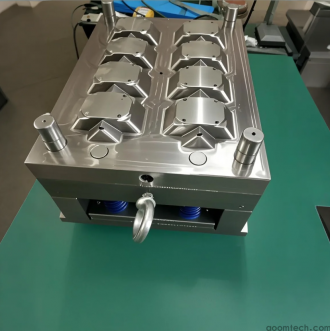 What is High Precision CNC Mol
What is High Precision CNC Mol
 Key Considerations for CNC Sta
Key Considerations for CNC Sta
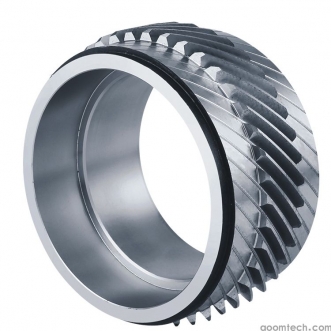 How Much Does CNC Anti-Slip To
How Much Does CNC Anti-Slip To


